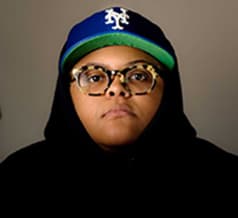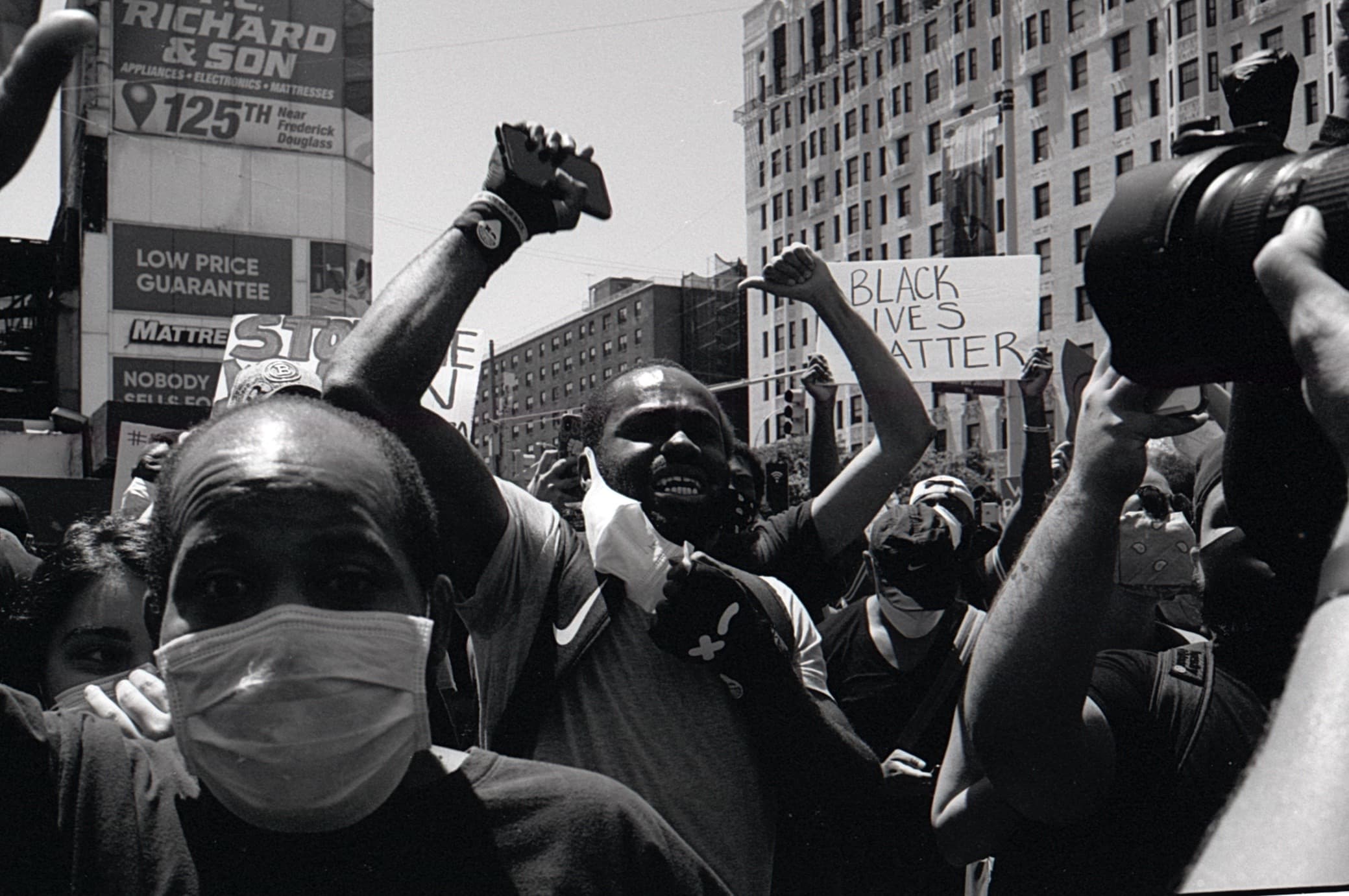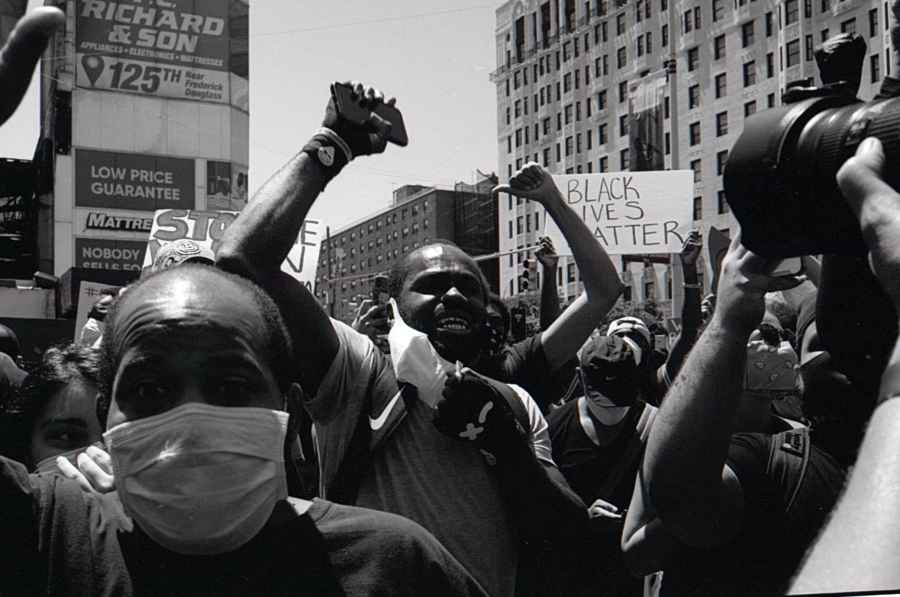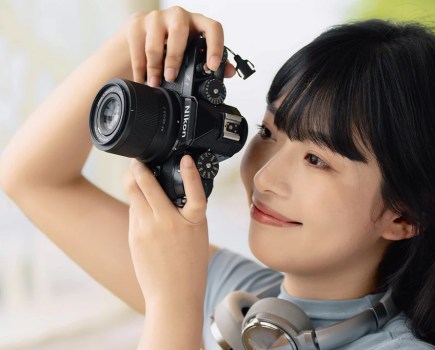A new video has been created by five employees of used camera and lens specialist MPB in the US – who are all keen and experienced photographers in their own right – which gives a fresh perspective on this summer’s Black Lives Matter (BLM) protests in New York City. The protests, which took place in May and June, followed the death of George Floyd during his arrest in Minneapolis, and sparked similar events all over the world.
In the video, called ‘Capturing the movement’, the New York-based photographers discuss their inspirations, approaches and preferences for creating powerful images that capture protesters’ emotions at a crucial moment in history. The photographers are Tahiti Abdul, Roger S. Echedgoyen-Araujo, Andy Jeronimo, Aaron Agyapong and Duane Garay, and we caught up with Tahiti Abdul (below) to find out more.

Had you covered a big protest before?
I had a bit of experience in past, mainly covering the protests in NYC over the election of Donald Trump in 2016. Everyone was enraged about the new president, so that was intense as well! But the BLM protests were the biggest protests I’d covered since then.
What gear did you use and why?
As I was covering the protest as a personal project, rather than for a publication, I chose to use a Leica M6 film camera, along with a 35mm Voigtlander lens. The camera was loaded with Kodak TriX 400 (for the Trump demos in 2016, I’d used a Canon DSLR). I decided to shoot the BLM protests with black and white film as I wanted to take my time, and I wanted a bit more control over the exposure and contrast – which I felt I could achieve with black and white film.

But you do shoot colour too, right?
I feel colour photography can be a bit distracting with a large group of people in front of you, and things might not work well together in the frame. I wanted people to see the scene for what it was, without getting distracted by colours. But yes, I do shoot colour if I want to convey a sense of vibrancy, as I did when shooting the Puerto Rican Day parade.
Whether you shoot digital or film, the decision-making process should still be the same. I would have taken the same approach editing digital images in Lightroom as I did developing my film from the BLM protests. The decision making that goes into handling the images after they have been taken, that is where it all lies…
Another of the photographers in your video talks about his feelings about having relatives in law enforcement, and there being a real ‘them and us’ vibe between the protesters and the police at the BLM demos. Did you feel this and did you ever feel in danger?
I never personally felt in danger… I know there was also some looting and rioting going on but I didn’t get to experience that. I also have a family member in law enforcement. I’ve never sat down with them to really dive into the different aspects of it all, but I feel regardless of how great a civil servant you think you are, you are representative of the whole institution.

You might feel you do the right thing but there are too many instances of other police NOT doing the right thing. I don’t think my relative is a terrible person. but the uniform they put on is representative of who you are. At the end of the day as a person of colour I cant take this off, it’s not a suit, not a choice I have… but when you get that badge and gun, that is something you are willingly participate in
Returning to photography, who were your biggest influences?
Definitely Gordon Parks but also Joseph Rodriguez. His approach to documentary is just so raw, extremely bare bones, and I love all aspects of it – he leaves it up to the viewer to make their analysis and digest the work as they see fit. He’s done a great job of documenting NYC culture dating back to the 80s, and also covered the LA riots.
After working at MPB all day, is picking up a camera sometimes the last thing you want to do?
Sometimes! But photography is so embedded in who I am that I will always have something on me, even if it’s just a point and shoot camera or my phone. Sometimes I just want to take random photos, and don’t want to waste film or carry around a DLSR. My advice is to always have something with you to take pictures.
What were the biggest lessons you learned from documenting the BLM protests?
The biggest takeaway for me was this. It seems every generation is going to have to encounter something of this magnitude until things start to change. Being out there, it makes you feel like, where is this going, how much longer do we have to fight? It also allowed me to appreciate that documentary photography is not always rapid fire. I really took my time to decide what images to take, is this the right moment, do I do it this way, is this person is safe before I photograph them… Whether I shoot documentary, portrait or street, I try to make mindful and conscious decisions about what I am shooting, and to think every single image through.
Further reading
Major documentary photography award winner named
The documentary impulse








